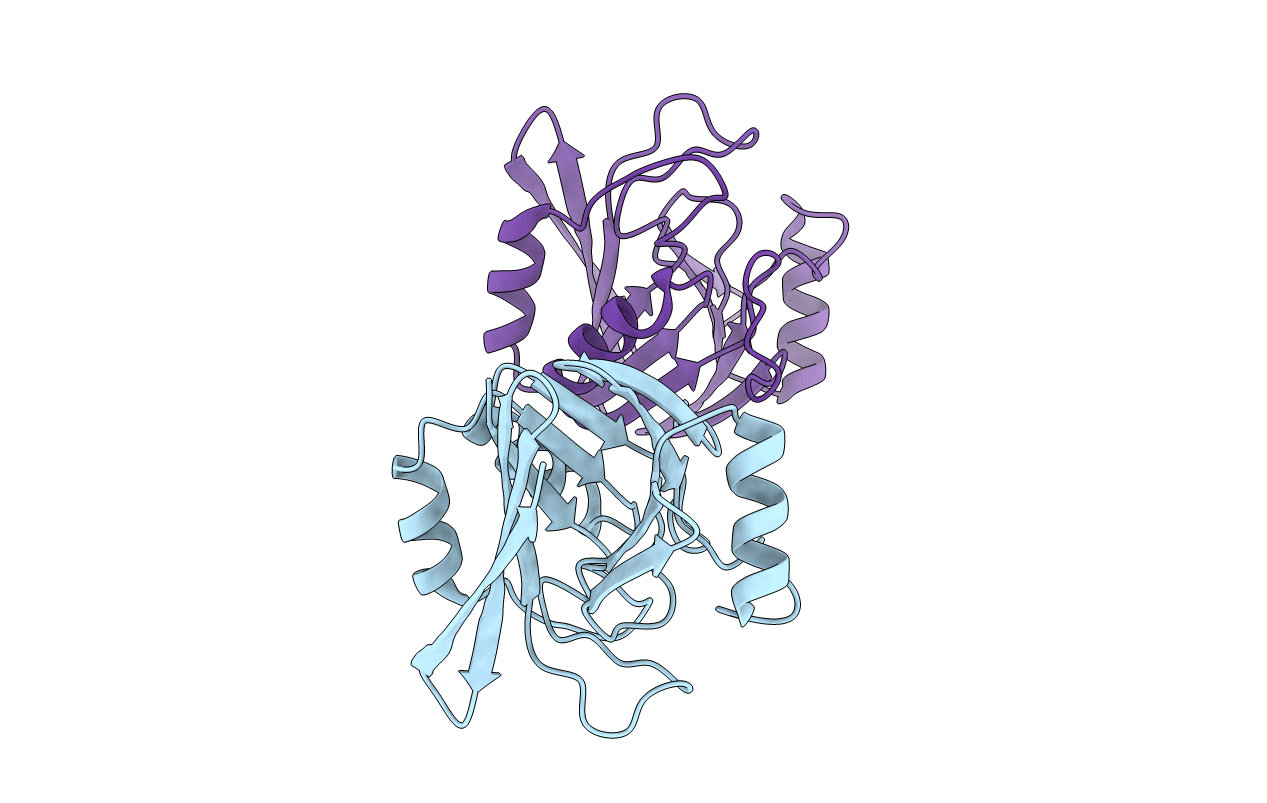
Deposition Date
2017-03-22
Release Date
2017-10-04
Last Version Date
2023-11-22
Entry Detail
PDB ID:
5XCE
Keywords:
Title:
Crystal structure of Wild type Vps29 from Entamoeba histolytica
Biological Source:
Source Organism:
Entamoeba histolytica (Taxon ID: 5759)
Host Organism:
Method Details:
Experimental Method:
Resolution:
1.86 Å
R-Value Free:
0.24
R-Value Work:
0.19
R-Value Observed:
0.20
Space Group:
P 1 21 1


